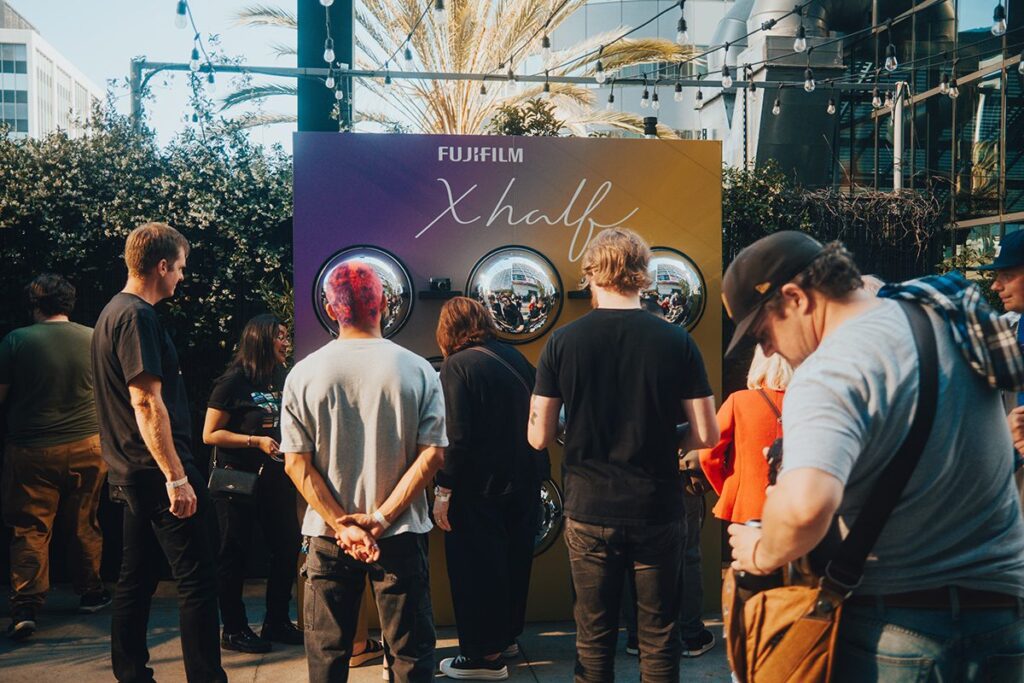Those that know me have probably seen that I have an odd passion for the economics of online offers, that is, trying to understand and explain why certain offers do well and what it takes for an offer to succeed – not just any offer though. We are talking about the ones that have the ability to generate millions of dollars in monthly revenue and especially those where generating such returns doesn’t seem to make sense. Such offers do not occur often, and more often than not, they tend to target no one in particular, meaning that anyone and everyone might become a potential conversion. Sometimes a single company creates such an offer and offer becomes the only one to promote. In other cases, a multitude of companies jump on board and the offer spreads at an almost unimaginable speed throughout the net. Classmates created such an offer. Colonize did too, but in the case of the latter, theirs morphed into an entire industry, the incentive promotion space.
As I have written about previously, the incentive promotion industry took off arguably because of two things – the Internet advertising bust, which made ad space affordable, and the lack of competition in email marketing. The lack of competition in email meant that offers would get delivered, and the uncluttered environment led to incredible click through rates and conversion rates. Almost any new ad unit – the banner, the pop, etc. has a similar cycle, where one sees unbelievable response rates during the novelty phase and decreasing returns as users become acclimated or worse, inundated. Adware saw this; those in the beginning, for example, could make money without having to invest in any specialization. They created no value adding end user product, needed no advanced behavioral targeting, and survived off minimal, if any, staff.
Incentive promotion, among the best example of a “super offer”, has lasted much longer than I certainly thought it would. Having been among those that drew inspiration from Colonize, I thought it would not make it until today. Experian Interactive’s decision to shutter Metareward suggests something might be afoot, but companies continue to find ways to thrive with these offers. Interestingly, Colonize who, along with Bonzi, deserves credit for showing others how to take untargeted traffic and turn it into money, went from being among the net’s top advertiser to relative obscurity. That is until now. Surf around some sites, and you will probably come across one of their banners. The market behind their reemergence is best illustrated in the following story.
Before boarding a flight returning from San Jose about two months ago, I saw next to me a boy no older than 13, cell phone in hand and game magazine open on his lap. He was texting on his cell phone, but it wasn’t until I looked closer that I realized what he was doing. The magazine sat open to a showy ad taking up one of the pages. The boy was typing codes into his phone trying to claim his free ringtones. His mother sat a seat away oblivious to his actions, but that surely changed when the bill showed up. And, while it may seem isolated, the youth’s actions typified an amazing multi-billion dollar per year micro-commerce industry where consumers can purchase goods and services without their wallet. His actions also reflect what tens of thousands of other people do each day, many of them through ads placed by companies like Colonize and affiliate networks such as AzoogleAds. They sign up for mobile content.
Those outside the performance marketing world might not even know such ringtone offers exist. If they do, at best they associate them with poorly animated 15 second ads appearing on MTV. Those who have anything to do with ad networks, paid search, and/or email know something else, that ringtone offers have in many cases usurped incentive promotion for top billable honors. The creators of the first ringtone offers probably didn’t realize what they created, but in less than a year, countless companies have made their living by finding areas to promote ringtone offers.
Ringtone offers do so well that some affiliates can earn six figures monthly promoting them, meaning that certain ad networks make millions each month from them. They are today’s “it” offer and share much in common with incentive promotion offers, from offer strategy to their timing in the overall maturity of the marketplace. Said another way, with mobile content offers, as was the case initially with incentive promotion users, as a whole, have a relatively poor understanding of what they are getting into. Secondly, the bounty, i.e. the CPA paid to those hwo distribute it remains seemingly high compared to what is involved to earn it.
For the unfamiliar, what I call ringtone or mobile content offers are really subscription offers. Users sign up for a freemium which comes with the, not so obvious, weekly or monthly charges. The companies behind the offers estimate how long a user will stay on before wising up and offer a percentage of that total revenue to the networks. Such subscription models are what enables a company like Blockbuster or Netflix to pay more than $20 for a new user; they are what sparked Columbia House and BMG’s growth online several years back where they could pay $15 to $20 to give away CD’s.
What separates mobile content offers from the others is that they do not require a credit card. This makes the barrier from a consumer perspective very low. They just need to enter their cell phone number and perform a confirmation. This means a whole new generation of consumers has buying power. Additionally, users, especially these users, do not associate the action with potential payment. With other subscription services, you won’t find users quickly entering their credit card number, especially for a free offer. This is because after enough experiences they instinctively realize they might sign themselves up for something. Equally important, many of the users who often click on these offers don’t have credit cards to begin with, making them ineligible. The ability for almost anyone to pay is one major thing that separates ringtone offers from incentive offers. Incentive offers have a low barrier of entry and appealing offer, but the only subscription model they can leverage is that person joining an email list, and unfortunately for incentive marketers, an email address does not act as a form of currency.
Like email and adware, the mobile phone represents the next frontier in marketing. Unfortunately, both email and adware didn’t manage their success well. Email is just coming back after about 18 months in recovery, and adware is just starting the recovery period. Whether it returns, remains to be seen. The mobile phone is, on the other hand, riding the steep upslope. How high will it go and how long can it last is the big question.
 Network
Network

